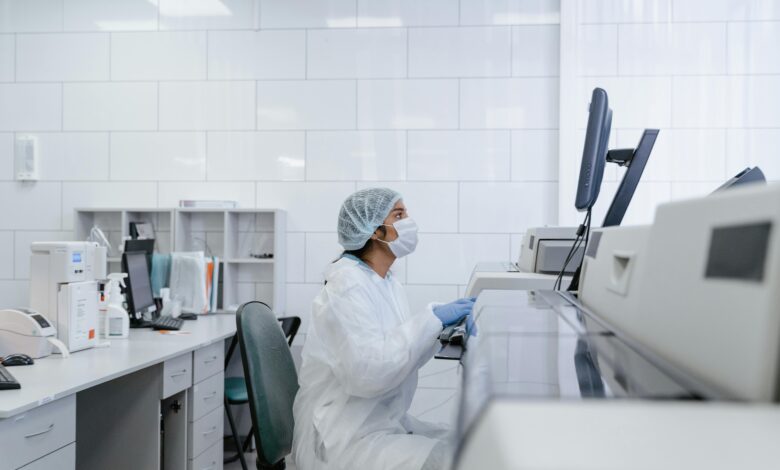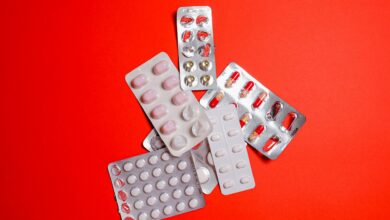Caught in the Crosshairs: The Troubling Tale of Microplastics Found in Testicles!

Introduction to Microplastics
In our modern age, the scourge of microplastics has become a pressing environmental concern, infiltrating every corner of our world. These minuscule plastic particles, measuring less than 5 millimeters in size, have wormed their way into the very fabric of our existence, from the depths of the ocean to the furthest reaches of the Arctic. And now, in a startling revelation, these insidious invaders have been discovered in a most intimate of human domains: the testicles. Keep reading to learn about the discovery of microplastics in testicles.
The Impact of Microplastics on the Environment
The proliferation of microplastics has had a devastating impact on the natural world. These tiny terrors have been found in the bellies of marine life, from the majestic whales to the humble plankton. They have even been detected in the air we breathe and the water we drink, posing a grave threat to the delicate ecosystems that sustain life on our planet. As these microscopic menaces continue to accumulate, the consequences for the environment grow ever more dire.
Microplastics and Their Presence in the Human Body
But the true horror lies in the realization that these pesky plastics have not only infiltrated our natural world but have also made their way into our own bodies. Studies have revealed the unsettling presence of microplastics in human blood, stool, and even placentas, raising the specter of their potential impact on our health and well-being.
The Alarming Discovery of Microplastics in Testicles

And now, the latest discovery is nothing short of shocking. Researchers have uncovered the disturbing presence of microplastics within the very citadels of male fertility: the testicles. This startling revelation has sent shockwaves through the scientific community, as they grapple with the implications of this unsettling finding.
Potential Health Risks Associated with Microplastics in Testicles
The presence of these plastic particles in such a sensitive and vital organ raises a multitude of concerns. Could these microscopic invaders be disrupting the delicate balance of hormones and cellular processes that govern male reproductive health? Could they be contributing to the alarming decline in sperm counts and male fertility that has been observed in recent decades? The potential consequences are both unsettling and far-reaching.
Also read: 7 Science-Backed Strategies to Improve Your Mood and Boost Happiness
Causes and Sources of Microplastics in the Body
But where are these microplastics coming from, and how are they making their way into our bodies? The culprits are many and varied, from the synthetic fabrics we wear to the plastic-laden products we consume on a daily basis. The ubiquity of plastic in our modern lives has created a veritable minefield of potential exposure, and the ramifications are only now beginning to be fully understood.
Steps to Reduce Exposure to Microplastics
In the face of this daunting challenge, it is clear that decisive action must be taken. Individuals must be empowered to make conscious choices that minimize their exposure to these plastic scourges, from opting for natural fibers to reducing their reliance on single-use plastics. But the burden cannot fall solely on the shoulders of the public; governments and industries must also step up and implement comprehensive policies and regulations to curb the proliferation of microplastics.
Current Regulations and Initiatives Addressing Microplastic Pollution
Indeed, some progress has been made in this regard, with a growing number of countries and organizations taking steps to address the microplastic crisis. Bans on certain types of microbeads, increased investment in waste management infrastructure, and the development of innovative solutions to plastic pollution are all positive steps in the right direction. However, much more must be done to truly stem the tide of this insidious problem.
The Importance of Further Research and Awareness
As the scientific community continues to unravel the mysteries of microplastics and their impact on human health, it is crucial that the public remains informed and engaged. Only through a concerted effort of research, education, and collective action can we hope to confront this challenge and safeguard the well-being of both ourselves and the planet we call home.
Conclusion: Taking Action Against Microplastic Contamination
The discovery of microplastics in the testicles is a stark reminder of the pervasive nature of this environmental scourge. From the depths of the ocean to the innermost sanctums of the human body, these plastic particles have woven themselves into the very fabric of our existence. But the time has come to take a stand and reclaim our world from the clutches of these microscopic menaces. By making conscious choices, supporting progressive policies, and fueling the fires of scientific inquiry, we can work together to rid our planet of this plastic plague and secure a brighter, healthier future for all.
Ditch the plastic and join the fight against microplastic pollution. Every choice you make, from the clothes you wear to the products you use, can make a difference. Embrace a sustainable lifestyle and be a part of the solution. Together, we can create a cleaner, greener world for generations to come.




